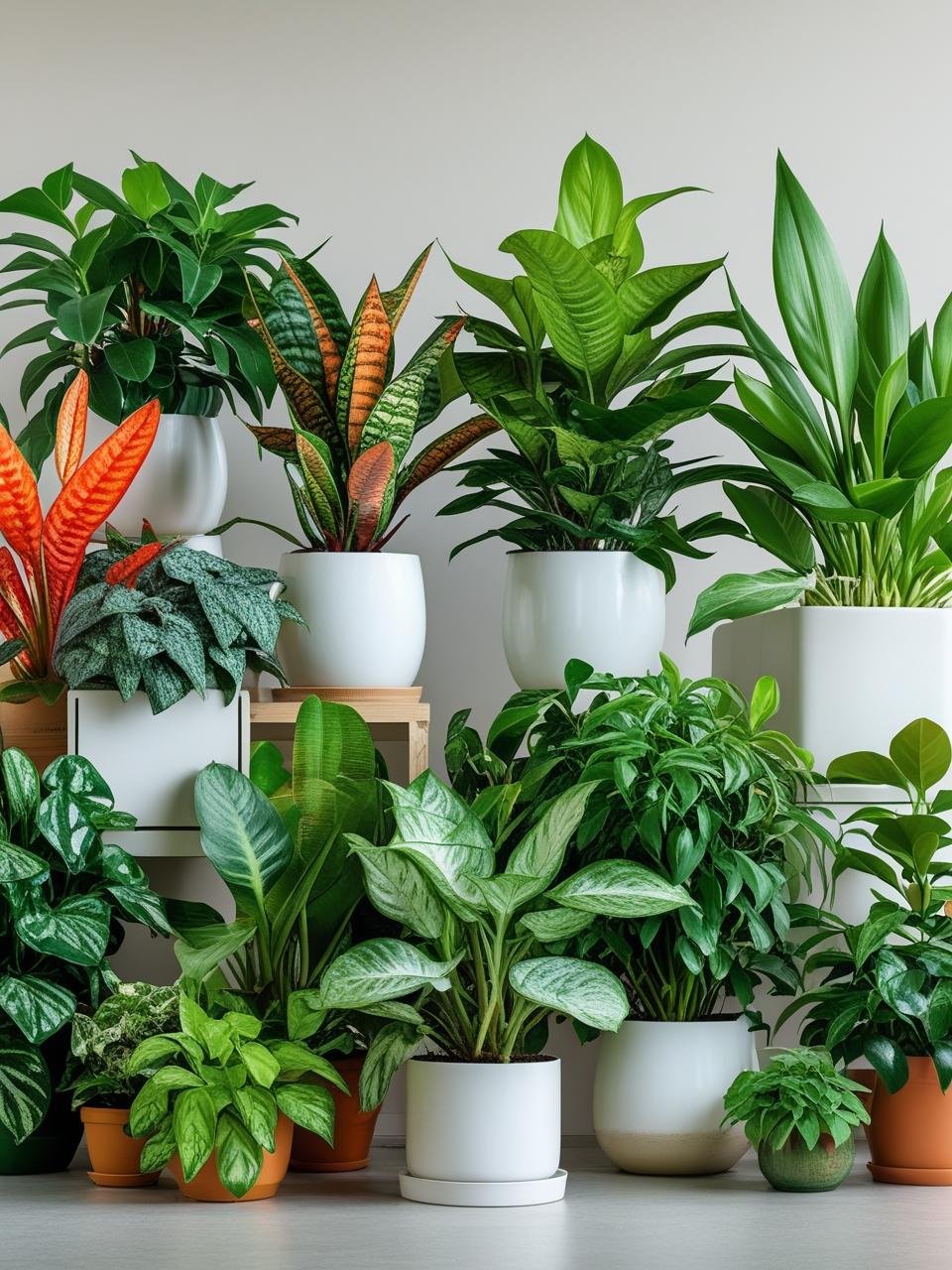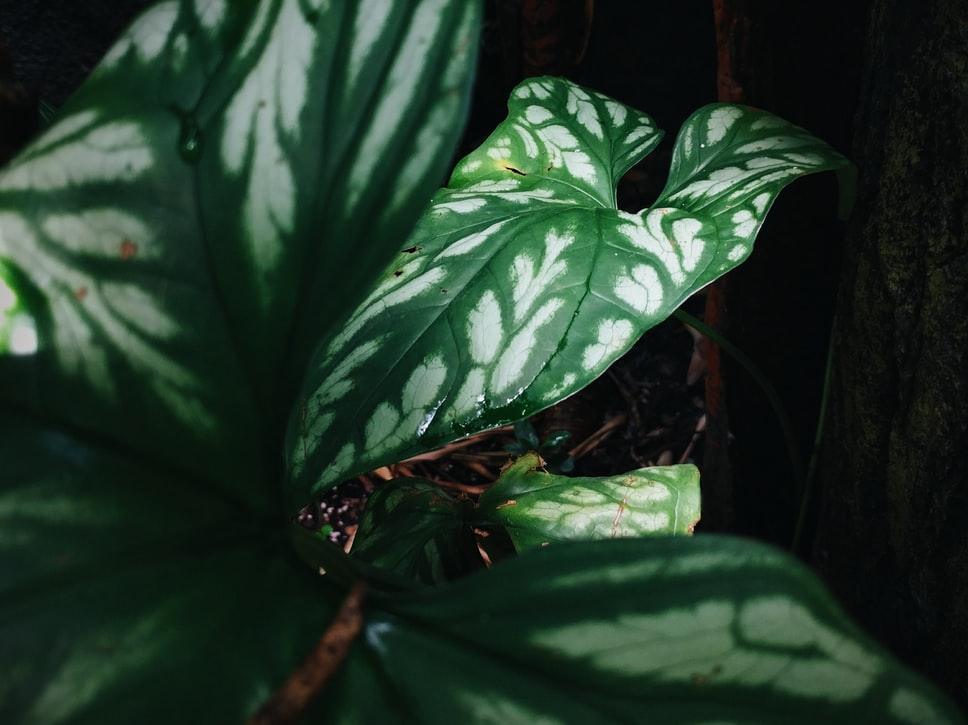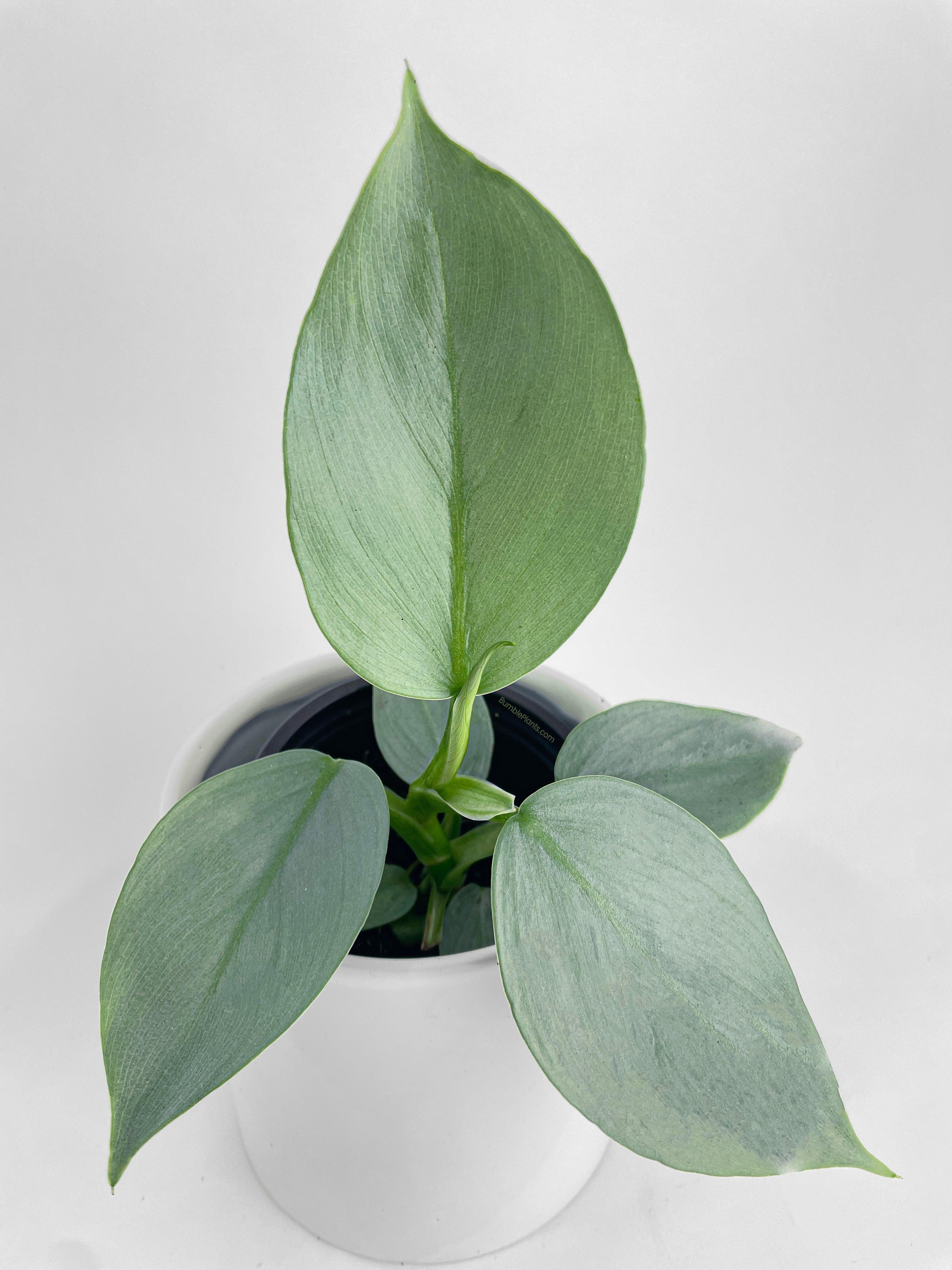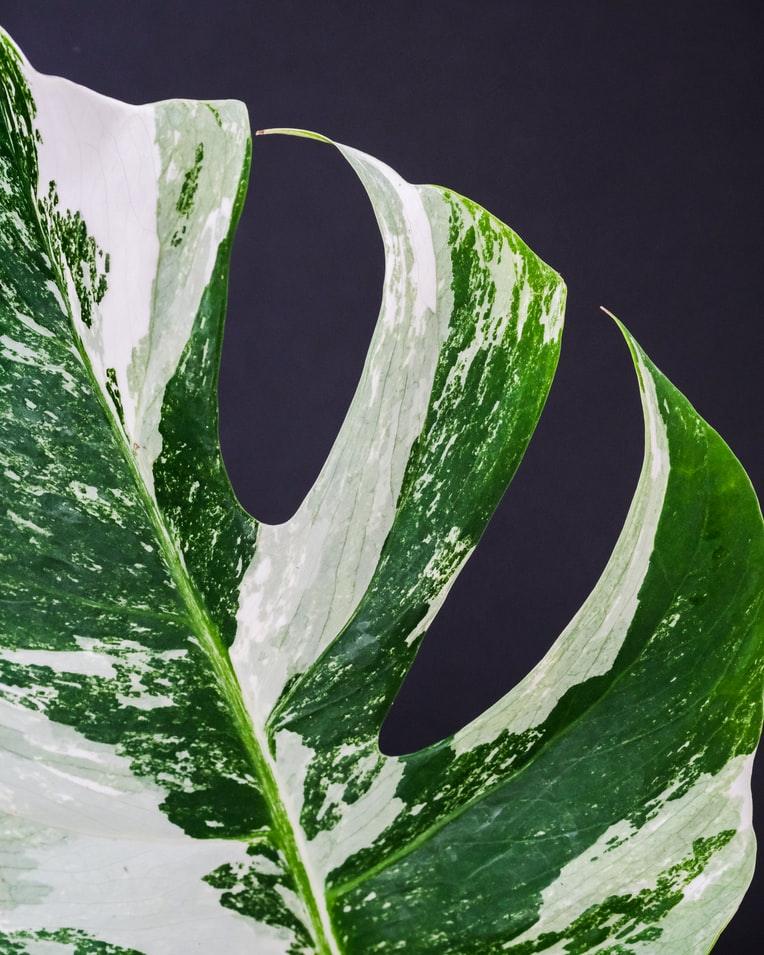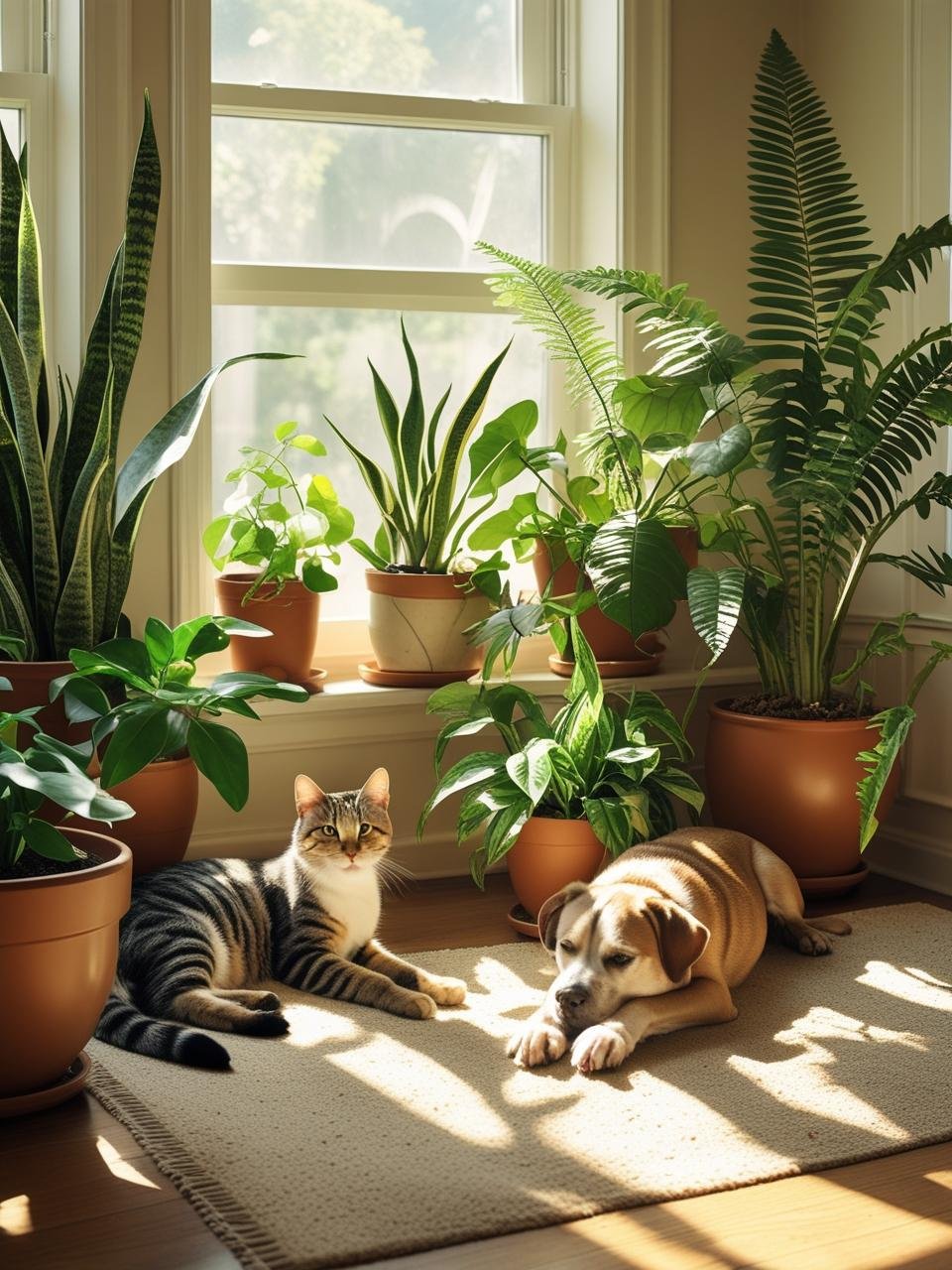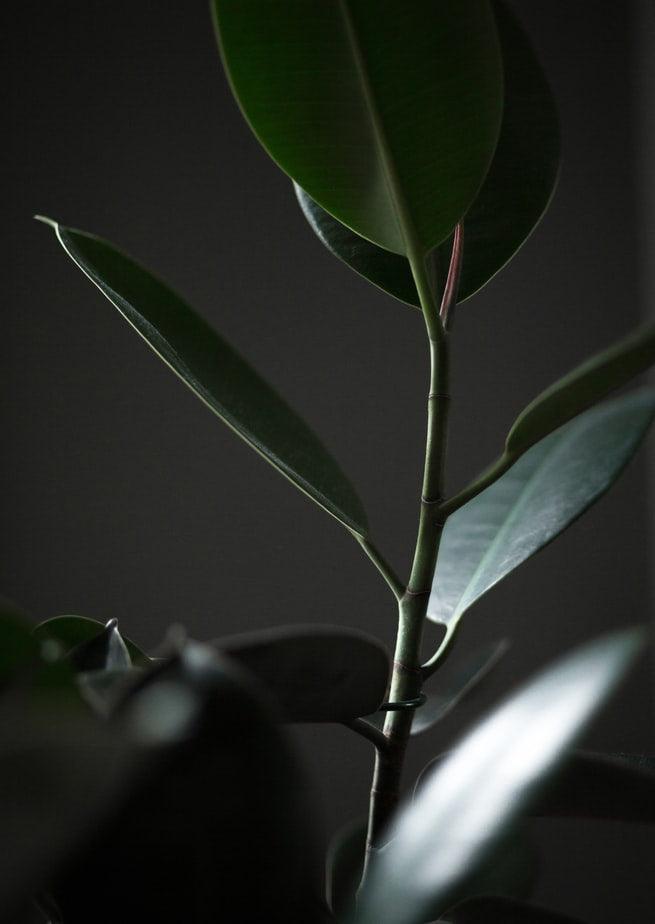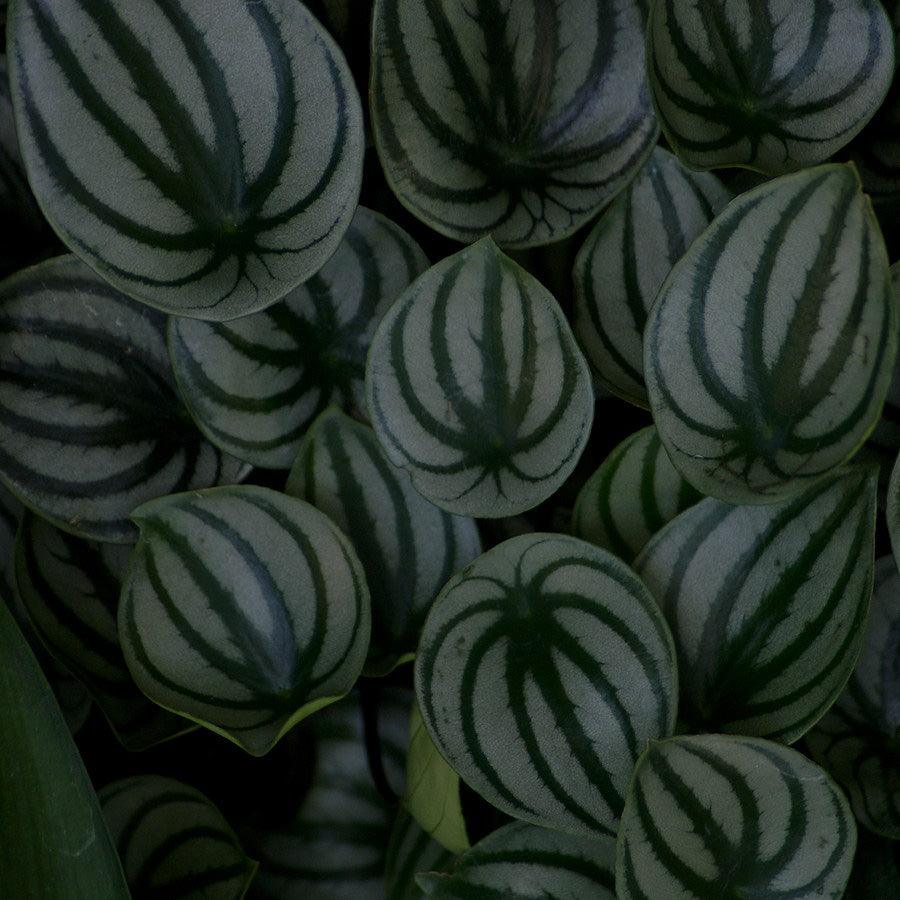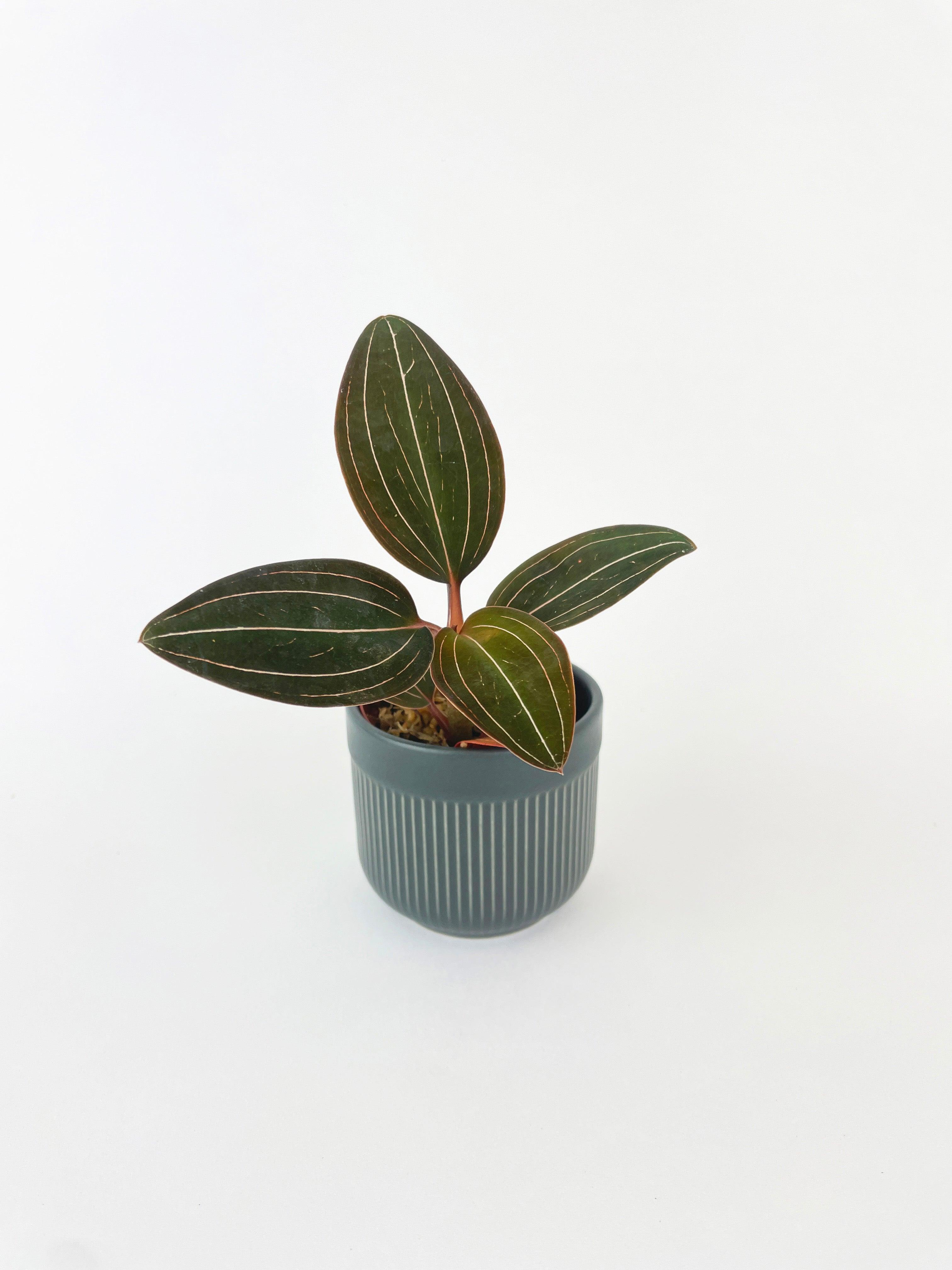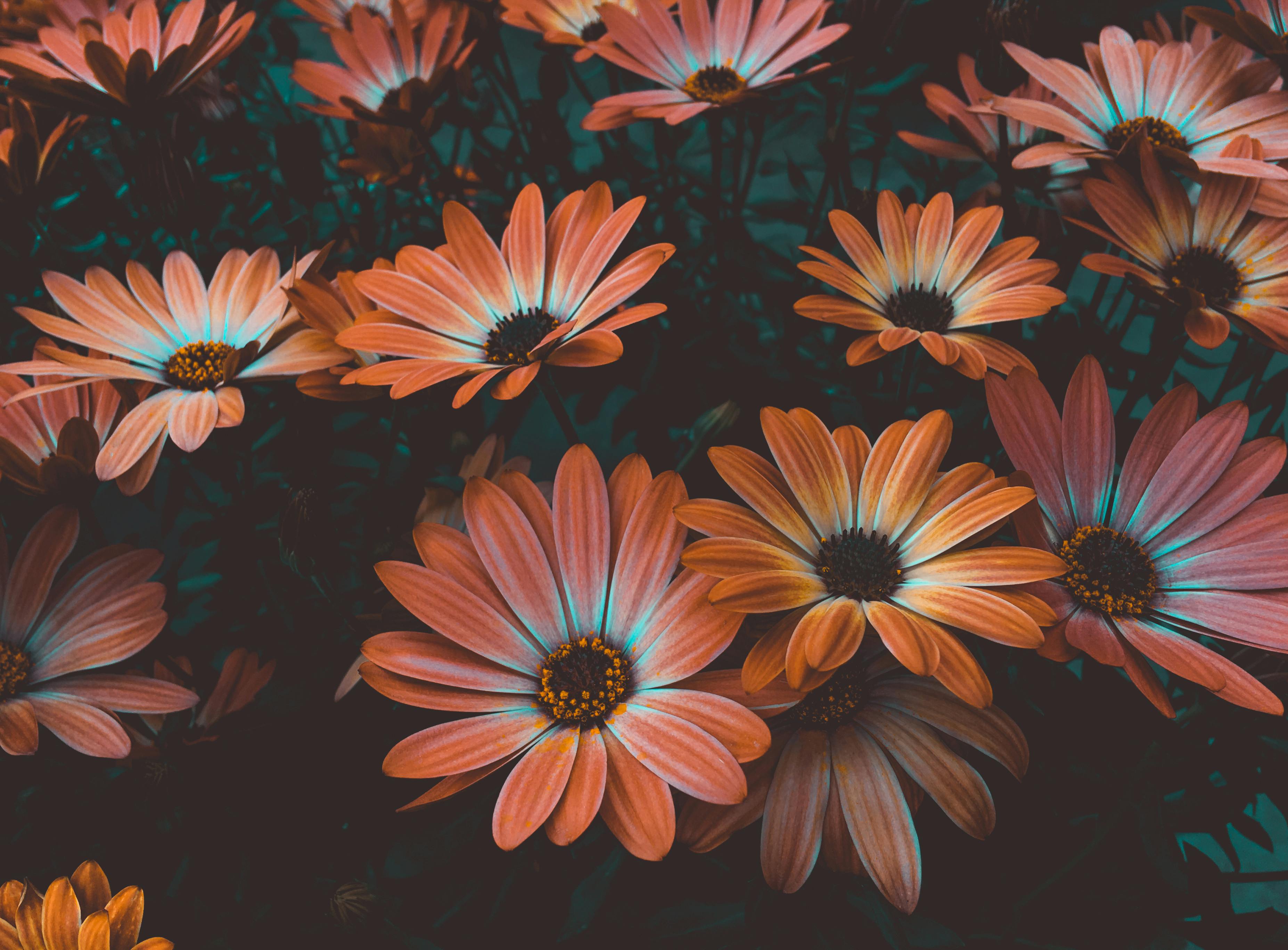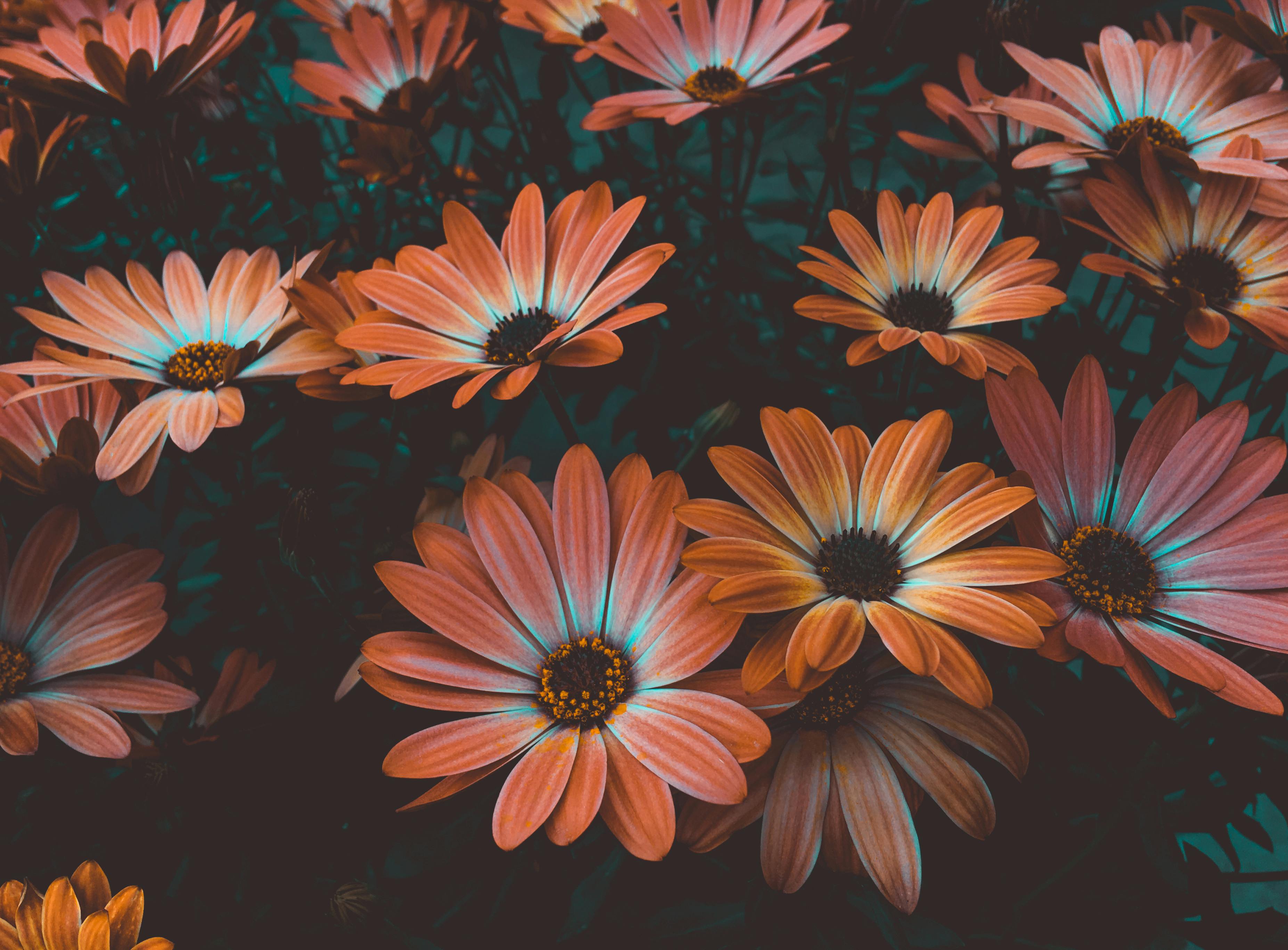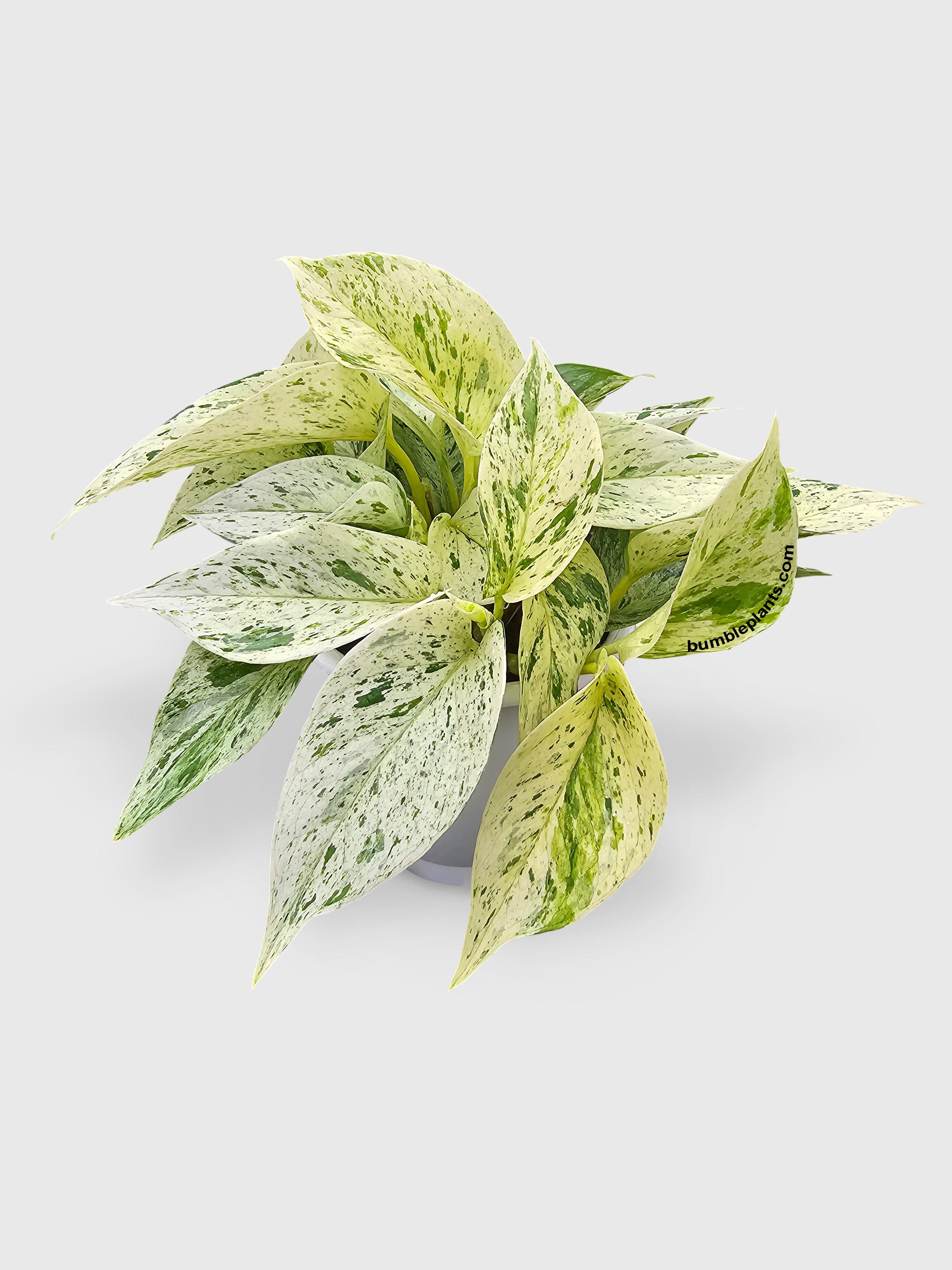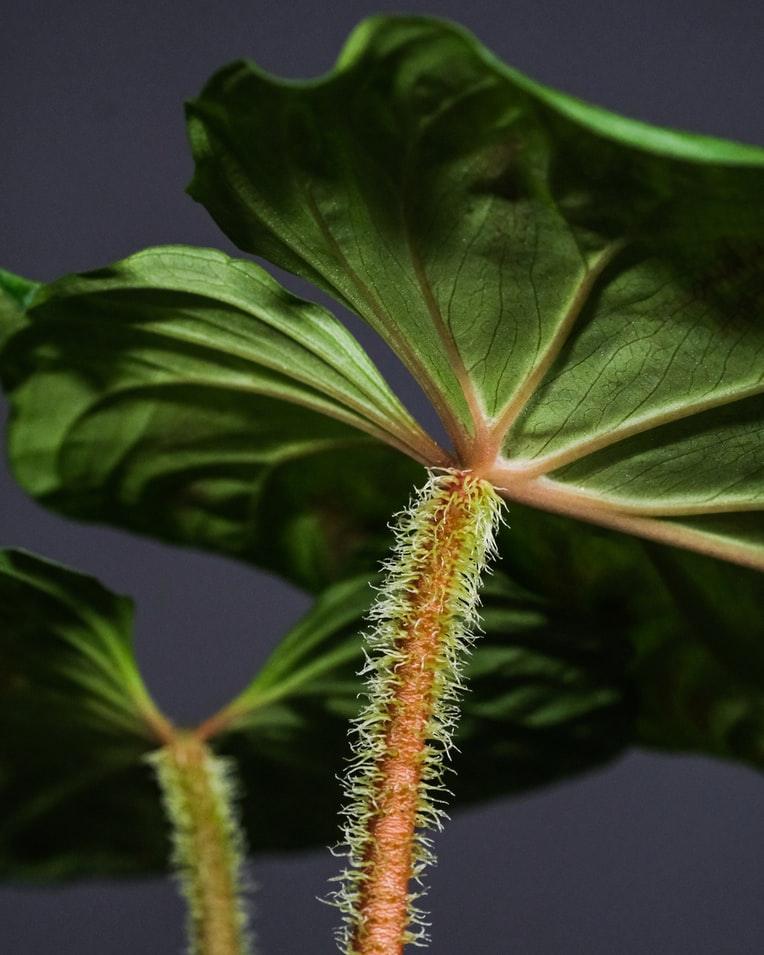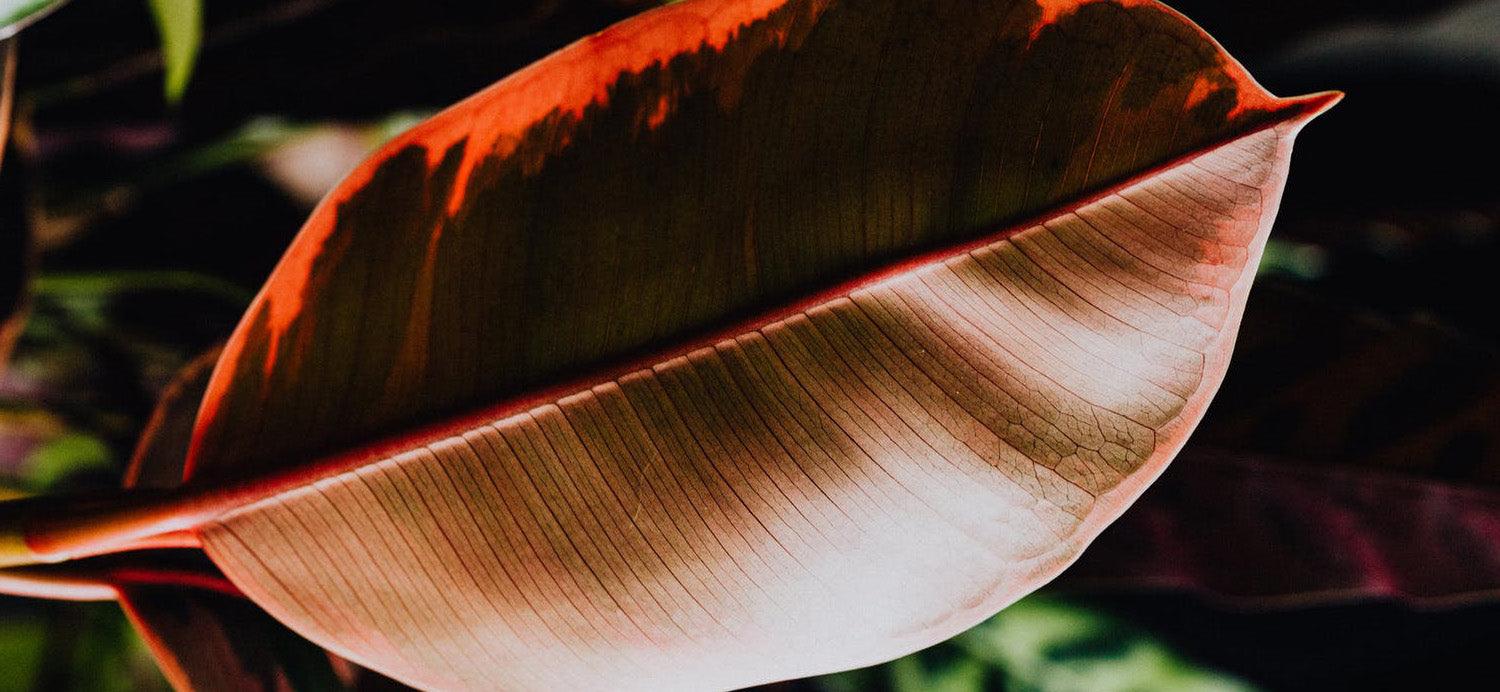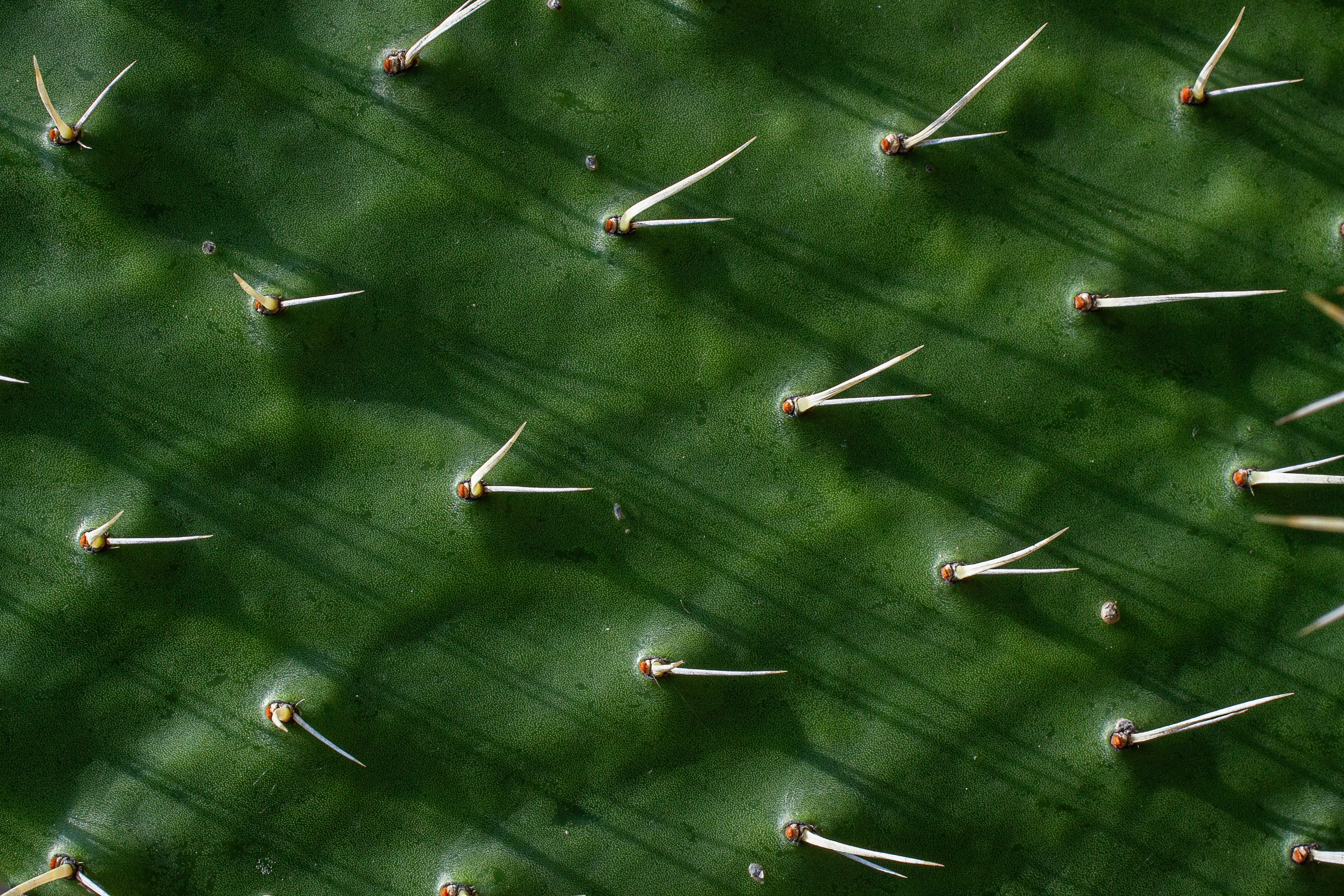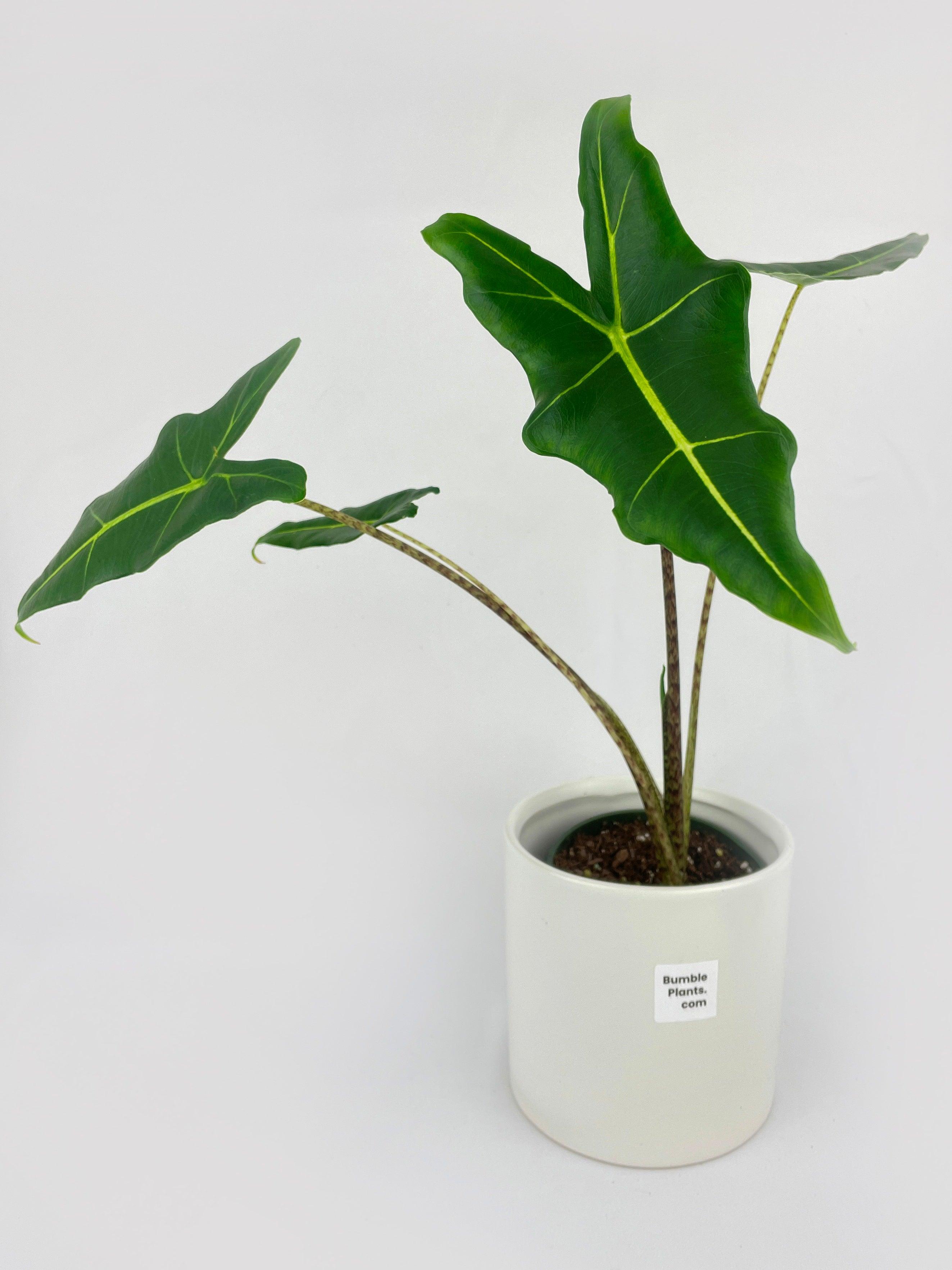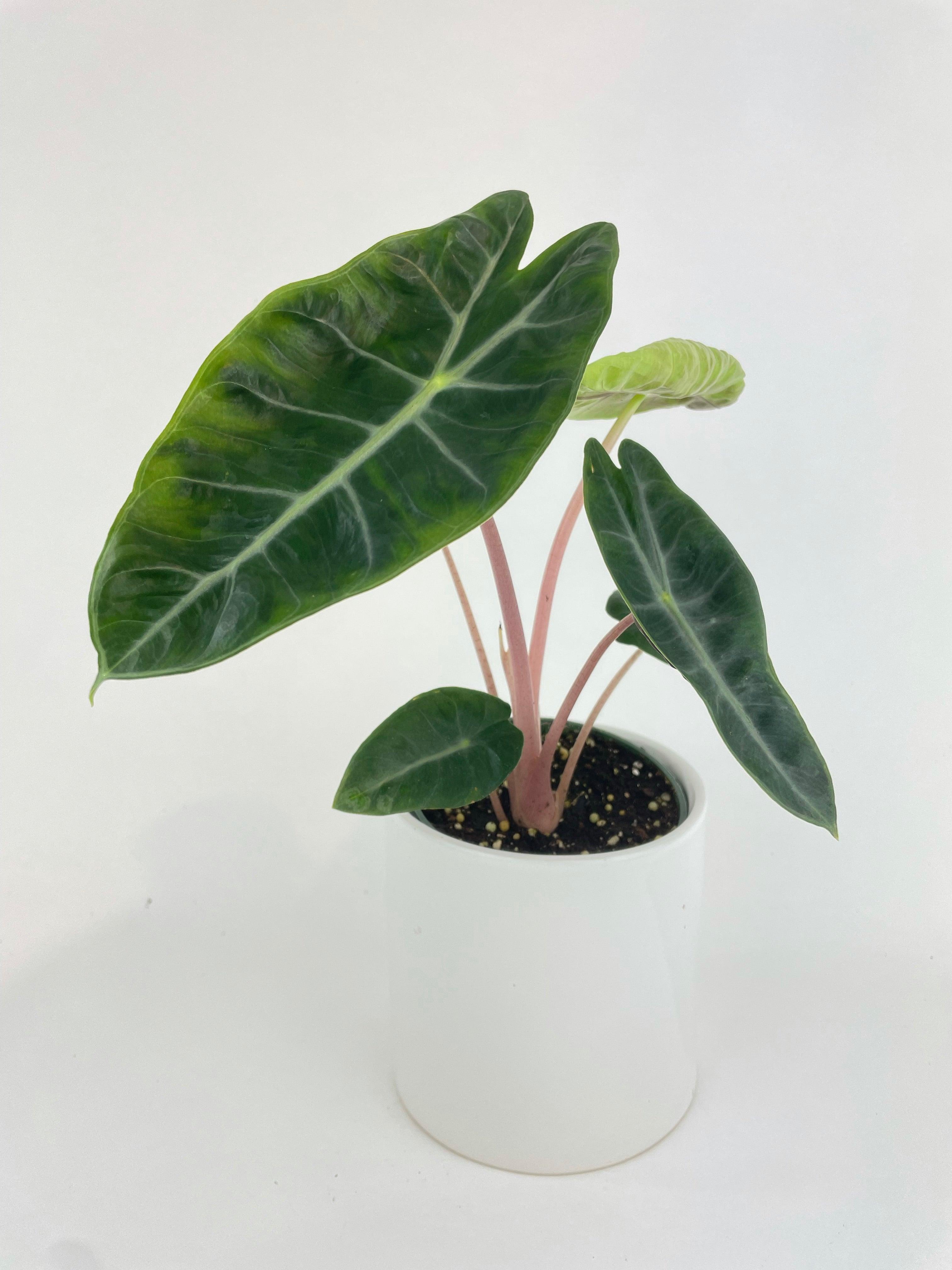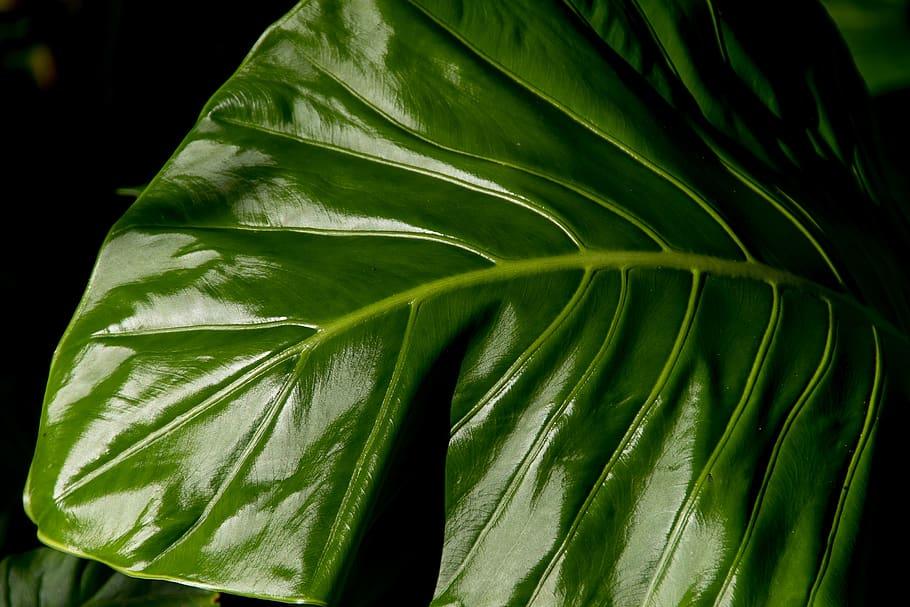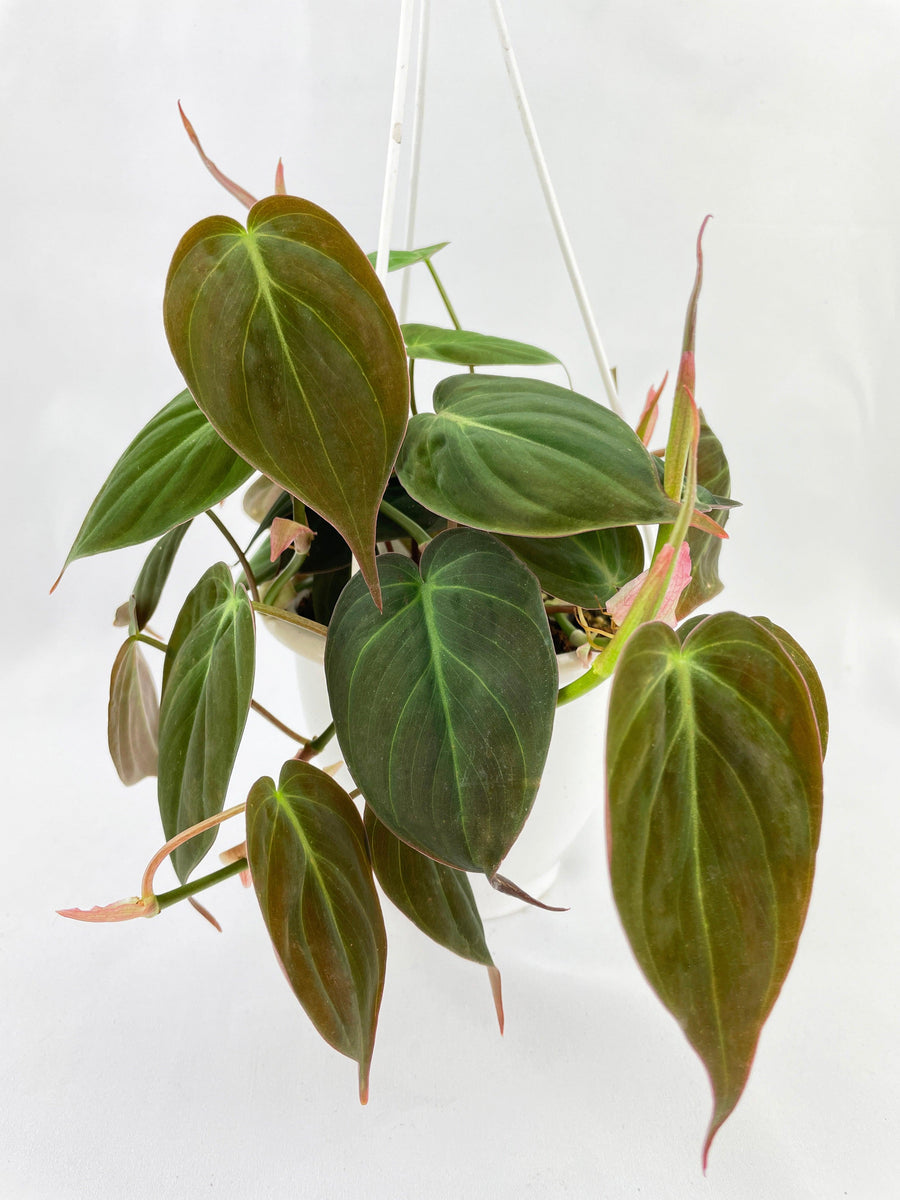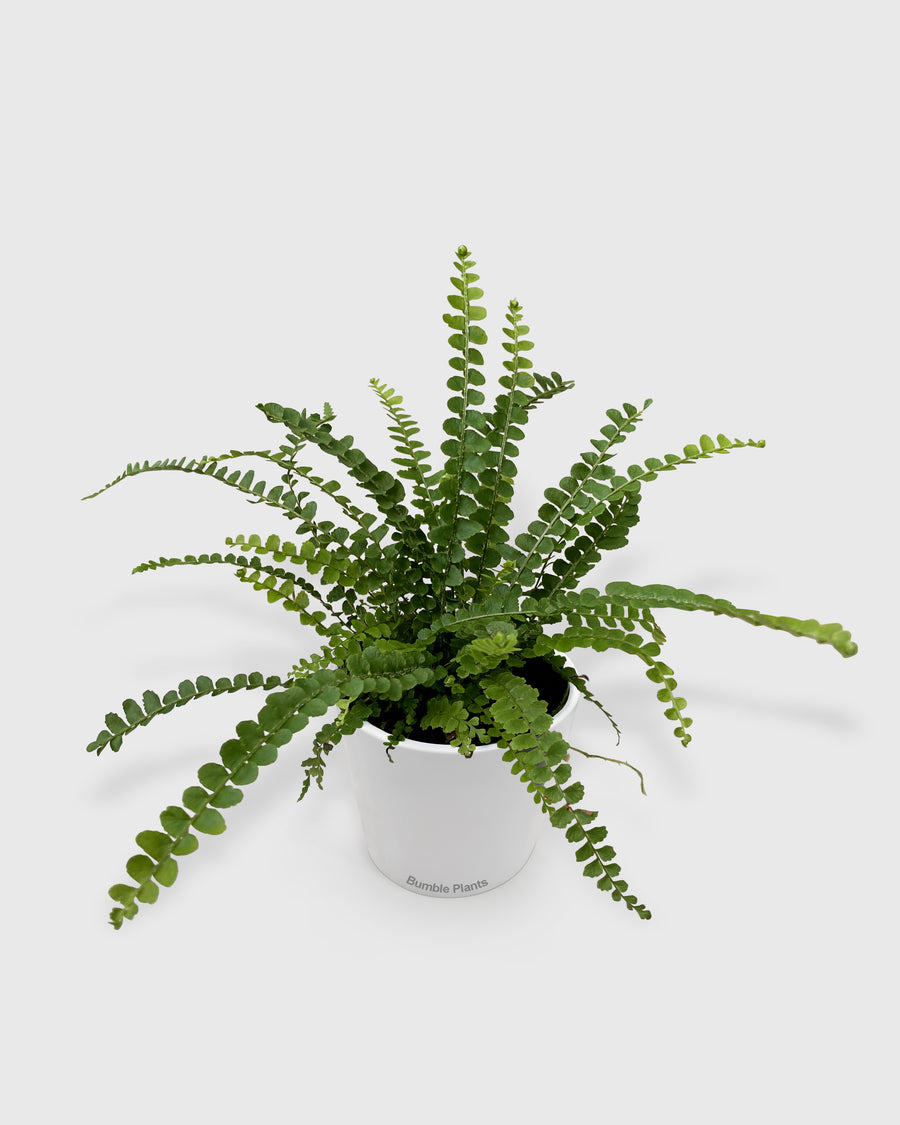Air-Purifying Houseplants to Combat Indoor Pollution
Indoor air pollution is a pressing concern for many households, as poor air quality can have significant impacts on health and well-being. Fortunately, nature provides us with a simple and effective solution for air-purifying houseplants. These green companions not only add a touch of natural beauty to our indoor spaces but also work tirelessly to cleanse the air we breathe. In this guide, we'll explore the world of air-purifying houseplants and how they can help combat indoor pollution.
Understanding Indoor Air Pollution
Indoor air pollution is a complex mixture of various contaminants that can pose risks to our health. Common indoor pollutants include volatile organic compounds (VOCs), formaldehyde, benzene, and particulate matter. These pollutants originate from sources such as household cleaners, building materials, furniture, and cooking activities. How do indoor plants purify air? It's a fascinating process known as phytoremediation. Plants have the remarkable ability to absorb gases through small pores on their leaves and roots. Once inside the plant, these pollutants are broken down or metabolized into harmless byproducts. Additionally, microorganisms in the soil surrounding the plant can further assist in the purification process. As we strive to create healthier indoor environments, the question arises: which plant is best for air pollution? Fortunately, research conducted by NASA's Clean Air Study has identified several plant species with exceptional air-purifying properties. These plants not only filter out harmful toxins but also release oxygen, improving the overall air quality in our homes and offices.
Benefits of Air-Purifying Houseplants
Air-purifying houseplants offer a multitude of benefits beyond their ability to cleanse indoor air. Let's delve into why incorporating these green wonders into your living space is a wise choice:
Improved Indoor Air Quality
Perhaps the most obvious benefit of air-purifying houseplants is their ability to enhance indoor air quality. By absorbing harmful pollutants and releasing oxygen, these plants create a healthier environment for occupants, reducing the risk of respiratory issues and other health problems associated with poor air quality.
Stress Reduction
Research has shown that simply being in the presence of plants can help reduce stress levels and promote a sense of calm. The sight of lush greenery and the act of caring for plants can have a therapeutic effect on the mind, making indoor spaces more inviting and relaxing.
Increased Productivity
Studies have indicated that incorporating plants into workspaces can lead to increased productivity and creativity. The presence of greenery can help alleviate mental fatigue and improve concentration, making it easier to focus on tasks at hand.
Aesthetic Appeal
Beyond their functional benefits, air-purifying houseplants add a touch of natural beauty to indoor spaces. Whether displayed on windowsills, shelves, or hanging baskets, these plants can enhance the visual appeal of any room, creating a more inviting and harmonious environment.
Cost-Effective
Compared to mechanical air purifiers, air-purifying houseplants offer a cost-effective and sustainable solution to indoor air pollution. Once established, these plants require minimal maintenance and can continue to purify the air for years to come, making them an economical choice for improving indoor air quality.
Choosing the Right Air-Purifying Houseplants
Selecting the appropriate air-purifying houseplants for your indoor space is essential to maximize their effectiveness and ensure their well-being. Consider the following factors when choosing the right plants:
Ease of Maintenance
Opt for plants that are well-suited to your level of gardening experience and the amount of time you can dedicate to plant care. Low-maintenance varieties such as snake plants, pothos, and spider plants are excellent choices for beginners or those with busy lifestyles.
Size and Space
Take into account the size and layout of your indoor space when selecting plants. Choose compact varieties for smaller spaces or consider vertical gardening options such as hanging baskets or wall-mounted planters to maximize space utilization.
Toxicity
If you have pets or small children, be mindful of the toxicity of certain plants. Avoid species that are known to be toxic to animals or humans and opt for pet-friendly alternatives such as ferns, palms, and non-toxic succulents.
Air-Purifying Abilities
Refer to research conducted by NASA's Clean Air Study and other reputable sources to identify plant species with proven air-purifying properties. Some top performers include peace lilies, snake plants, spider plants, and Boston ferns, which excel at removing common indoor pollutants such as formaldehyde, benzene, and xylene.
Personal Preference
Ultimately, choose plants that you find visually appealing and that complement your interior décor style. Whether you prefer leafy greens, flowering plants, or succulents, there's a wide variety of air-purifying houseplants to suit every taste and aesthetic preference.
Caring for Air-Purifying Houseplants
Proper care is essential to ensure that your air-purifying houseplants thrive and continue to purify the air effectively. Follow these tips to keep your green companions healthy and happy:
Watering
Avoid overwatering or underwatering your plants by checking the moisture level of the soil regularly. Most air-purifying houseplants prefer slightly moist but well-draining soil. Water thoroughly when the top inch of soil feels dry to the touch, and allow excess water to drain away to prevent root rot.
Light Requirements
Provide adequate light for your plants based on their specific requirements. While some species thrive in bright, indirect sunlight, others prefer low-light conditions. Place plants near windows or under grow lights to ensure they receive the appropriate amount of light for optimal growth.
Humidity
Many air-purifying houseplants benefit from increased humidity levels, especially during the dry winter months. Mist the foliage regularly with water or place a humidifier nearby to maintain optimal humidity levels, particularly for tropical species such as peace lilies and ferns.
Fertilization
Feed your plants with a balanced liquid fertilizer during the growing season to promote healthy growth and foliage. Follow the manufacturer's instructions for dilution and frequency, and avoid over-fertilizing, which can lead to nutrient buildup and damage to the plant's roots.
Pruning and Maintenance
Regularly remove dead or yellowing leaves, spent flowers, and any debris that accumulates on the soil surface. Pruning encourages new growth and helps maintain the plant's shape and appearance. Inspect plants periodically for signs of pests or diseases and take appropriate measures to address any issues promptly.
Placement of Air-Purifying Houseplants
Strategic placement of air-purifying houseplants within your indoor space can maximize their effectiveness in purifying the air and enhance the overall aesthetic appeal of your surroundings. Consider the following tips when deciding where to position your plants:
Near Sources of Pollution
Place air-purifying houseplants near sources of indoor air pollution, such as kitchens, bathrooms, and areas with high concentrations of household chemicals. Plants such as peace lilies, spider plants, and bamboo palms are particularly effective at filtering out pollutants commonly found in these areas.
In Bedrooms and Living Spaces
Improve the air quality in frequently occupied areas such as bedrooms and living rooms by placing air-purifying houseplants strategically throughout these spaces. Not only will these plants help remove pollutants, but they will also create a calming and inviting atmosphere conducive to relaxation and rejuvenation.
Consider Light Requirements
Take into account the light requirements of your plants when choosing their placement. Place sun-loving plants near windows or in well-lit areas where they can receive adequate sunlight, while shade-tolerant species can thrive in lower-light environments such as hallways or corners.
Grouping Plants
Create visually appealing displays by grouping air-purifying houseplants in clusters or arrangements. This not only enhances the aesthetic appeal of your indoor space but also allows plants to benefit from increased humidity and microclimate conditions created by their proximity to one another.
Creative Ideas for Display
Get creative with how you display your air-purifying houseplants to integrate them seamlessly into your interior design. Consider using hanging baskets, wall-mounted planters, or decorative containers to add vertical interest and maximize space utilization.
Additional Tips for Improving Indoor Air Quality
While air-purifying houseplants are an effective natural solution for improving indoor air quality, there are additional measures you can take to further enhance the cleanliness and freshness of the air in your home:
Proper Ventilation
Ensure adequate ventilation throughout your home by opening windows and doors regularly to allow fresh air to circulate. Use exhaust fans in kitchens and bathrooms to remove moisture and cooking odors, and consider installing a mechanical ventilation system for continuous air exchange.
Use of Air Purifiers
Consider supplementing the air-purifying capabilities of houseplants with mechanical air purifiers equipped with HEPA filters. These devices can capture airborne particles such as dust, pollen, and pet dander, further improving indoor air quality, especially in areas with high levels of outdoor pollution.
Reducing Indoor Pollutants
Minimize the use of household cleaners, paints, and other products containing volatile organic compounds (VOCs) to reduce indoor air pollution. Opt for eco-friendly and low-VOC alternatives whenever possible, and avoid smoking indoors to prevent the release of harmful chemicals into the air.
Regular Cleaning
Keep indoor surfaces clean and free from dust, mold, and other allergens by dusting, vacuuming, and mopping regularly. Pay special attention to areas prone to moisture buildup, such as bathrooms and basements, to prevent mold growth and maintain healthy indoor air quality.
Monitoring Indoor Humidity
Maintain optimal indoor humidity levels (between 30% and 50%) to prevent mold growth and minimize the spread of airborne allergens. Use a hygrometer to monitor humidity levels and use dehumidifiers or humidifiers as needed to maintain a comfortable and healthy indoor environment.
By adopting these additional tips for improving indoor air quality, you can create a cleaner, healthier, and more comfortable living environment for yourself and your family.
Conclusion
In conclusion, air-purifying houseplants offer a natural and effective solution for combating indoor pollution and creating healthier indoor environments. By harnessing the power of nature, these green companions not only filter out harmful pollutants but also provide a myriad of additional benefits, including stress reduction, increased productivity, and aesthetic enhancement. Throughout this guide, we've explored the importance of indoor air quality and the role that air-purifying houseplants play in improving it. From understanding indoor air pollution to choosing the right plants, caring for them, and strategically placing them within your home, we've covered all aspects of incorporating air-purifying houseplants into your indoor environment. Whether you're looking to breathe easier, boost your mood, or simply add a touch of greenery to your living space, air-purifying houseplants offer a versatile and sustainable solution. With proper care and attention, these plants can thrive and continue to purify the air for years to come, contributing to a healthier and happier home. Incorporate air-purifying houseplants into your indoor environment today and experience the transformative benefits they offer. Together, let's take a step towards cleaner air and a greener future.


